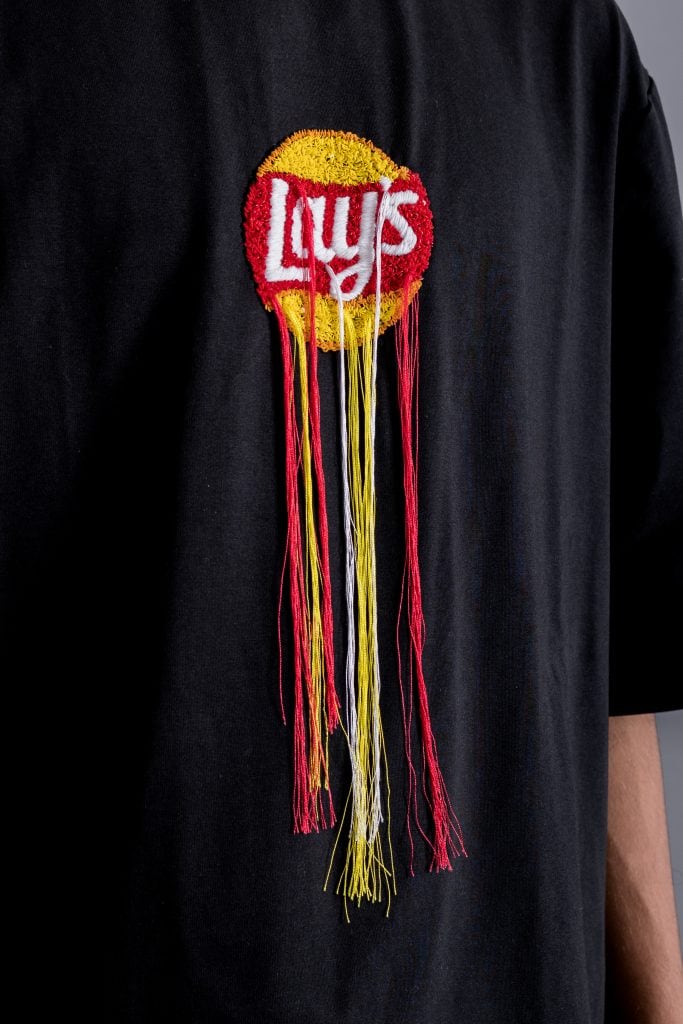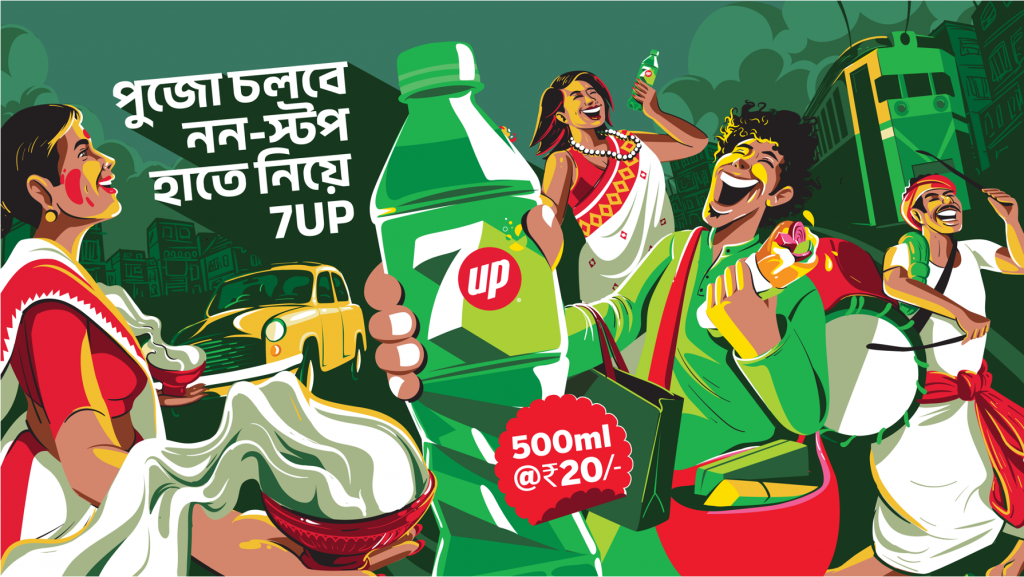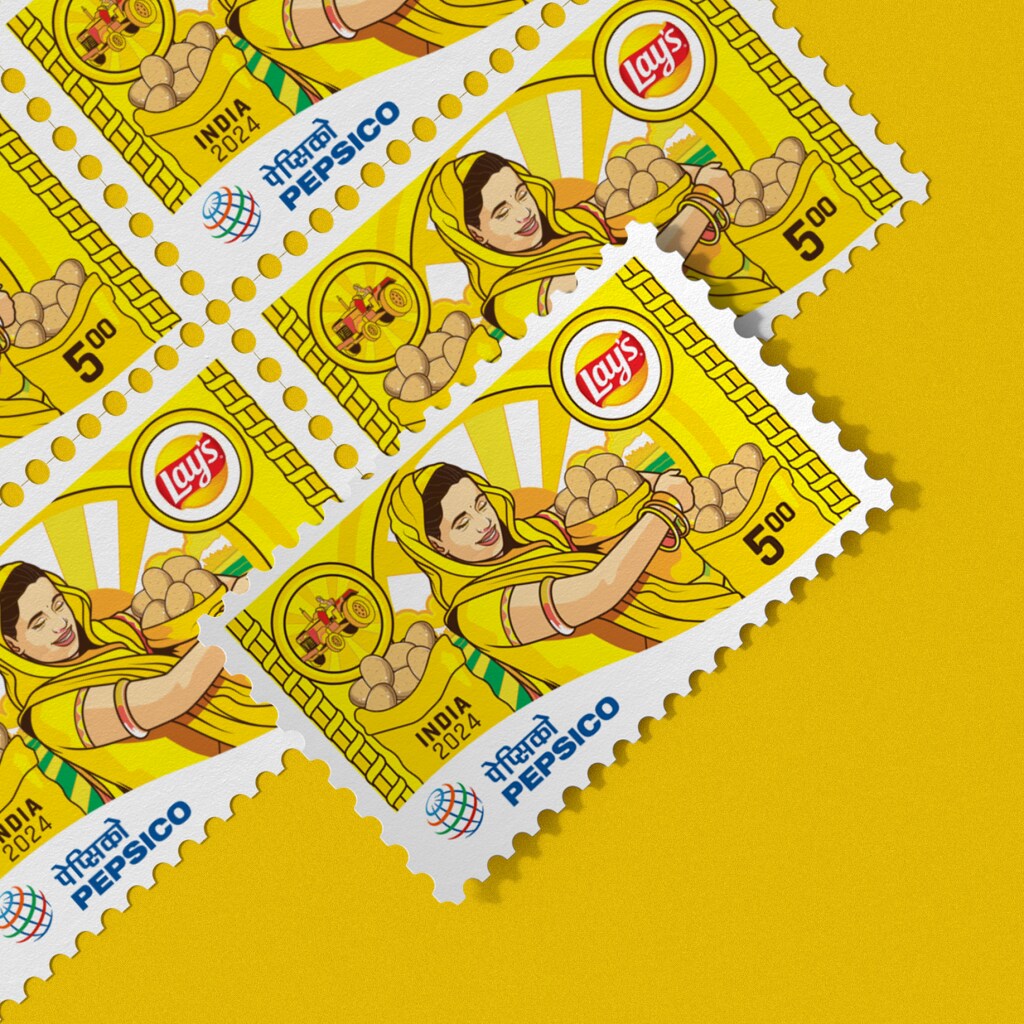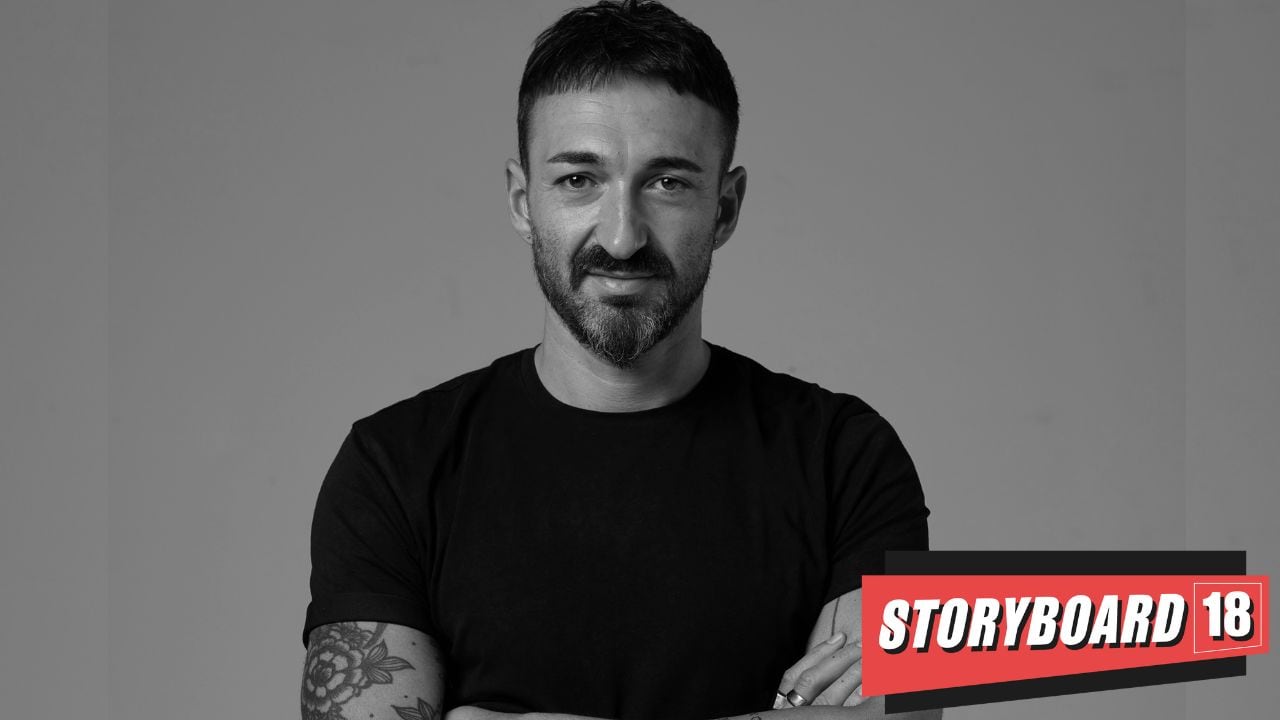Turning design-led thinking into a strategy and making it an important business function is not what every brand ever mulls about.
PepsiCo for its part is transforming the organisation by adopting a design-led thinking approach with a belief that each of its products must engage customers so directly and personally that they fall in love with it. Lay’s on top of this is a ‘glocal approach’— which is respecting its global brand identity while operating in a local context (design wise), across different geographies.
“Being globally knowledgeable but being locally relevant,” says Gianmauro Vella, Head of Design – APAC and AMESA, PepsiCo.
Currently leading both the in-house design team as well as external design partners with the mission to advocate and develop the design culture throughout the company, in his 10 years in PepsiCo, Vella has built and led the Shanghai, New Delhi, Cairo, Bangkok, Capetown, Sydney PepsiCo’s design centre.

In a free-wheeling conversation, he talks about the relevance of design-led thinking and how has artificial intelligence impacted it.
Further, he reveals how one can calibrate the fine balance between the emotional and functional quotient of the design, going beyond philosophical theories and making it lead the business growth.
He also divulges on the role of design change from physical to digital expressions of brands, which he says doesn’t change.
Edited excerpts:
You helm a strong in-house team of designers at PepsiCo. How often does the company get involved with external partners and how do you view ‘design’ today in 2024?
PepsiCo design is an in-house design capability. Contrary to what happens in most of the other companies, our design function is intensively wired with the rest of the organisation. We don’t consider our marketing friends as a client, and they don’t refer to us as supplier, but we are simply colleagues.
My role is to lead the design organisation for APAC and AMESA effectively— with teams in China, Thailand, Australia, Cairo, Egypt, India, and South Africa, and then at the same time, wherever there is a need, we partner with the external creator. The nature of those partnerships is built case by case.
What works better is that a team should have the capacity to generate revenue for the company no matter who is making it.
Globally, we are more than 300 designers today at PepsiCo.
I believe design is nothing else than the mix of three very important things: ability to understand the consumer and what are their ultimate needs; understanding the needs of the company; and utilising design and design-led thinking to prototype ideas and solutions that then can be tested and can be evaluated.
Do you think design has the power to impact brand value, sales, or perception of any brand?
Although every designer in the world wants to be narcissistic enough to think that we are the solution to all the problems, I don’t think that the success or the financial success of any campaign is just about design.
It is just one of the many components that operate in this gigantic organisation, and we are as much as important as marketing, R&D, procurement, IT, and finance. Each one of us plays a role, and obviously, we (design) play an important one because ultimately, we are the ones that define what is the look and feel of what consumers buy.
Our role is to understand consumer, and their needs and leverage our ability to capture what are the latest trends, and company strategies, and then blend everything.
Given you are advocating for design culture across multiple regions—from Shanghai, New Delhi to Cairo, Bangkok, Cape Town, and Sydney— how do you ensure there’s innovation and seamlessness in the design of your products across boundaries?
We live in a world that sees regional or local pride, as well as local semiotics, to be extremely relevant in every aspect of our lives. We often talk about this concept of ‘local for local’.
Now more than ever, countries like China, India or Egypt are manifesting their pride of their heritage, their culture, and their traditions—and this is something brands should be humble about. For this very reason, we are utilising what we call a ‘glocal approach’, where we need to be respecting the fact that we have a global brand, but is operating in a local context. Being globally knowledgeable but being locally relevant.

Every time that we have to tackle a program or a project, we always think about this aspect, while to some degree protecting the brand on the global level. Especially nowadays, the global ethos and the way how the brand is represented must have a global sort of view and at the same time is very important that we are looking at the local relevancy.
How does the company plan to continue expanding its design centres?
In total, the company has a total of 17 design hubs/centres. The idea is to have a design hub located in those geographies where we see a meaningful reason from a geographical and cultural perspective, and to have a dedicated design team able to deliver a ‘glocal approach’.
The idea is that those design centers function as a suitable hub where the ripple effect in terms of contribution expands from the geography where they are, but still taking into consideration the nuances that its neighbouring geographies have.
For instance, the design team in Gurgaon is also responsible for Sri Lanka, Nepal and Bangladesh. The team in Egypt, based out of Cairo is responsible for Egypt, the Middle East, Saudi Arabia, and parts of North Africa. The reason is that from a language perspective, from a cultural perspective, from a habit perspective, they share the same trend.
Whether we are or not expanding our design footprint, we are constantly observing the consumer and society’s evolution of things; whenever we see the need to be locally relevant in an area where we do not have a design presence, we will intervene accordingly.
You worked on a very thoughtful campaign for China amid the pandemic— “Everyday Heroes” — that saluted the brave people fighting the pandemic by depicting them on limited-edition cans. How is design an enabler in the cause or purpose-driven marketing? How design helps you win with purpose.
For winning a purpose, design is not the only catalyst.
Although while not in isolation, design can play an important role even when it comes to purpose-driven programs.
For our part, the design team is working together with a cross-functional team on a series of global as well as local initiatives. There are programs such as ‘Beyond the Bottle’ or ‘SodaStream’— which are our attempt to get into the world where we might envision a future beyond the bottle.
In India, we recently launched an initiative ‘Project Farm Equal’ that brings women farmers to the forefront. Our team worked closely with the Department of Posts in India to design a stamp that features these women farmers and acknowledges their critical role in agriculture.

To what extent and how design capability is being impacted by artificial intelligence? How does it help one with cost optimisation— if it at all does?
Yes, PepsiCo today is investing in artificial intelligence, and from a design perspective, it is a beautiful tool that can accelerate the process, such as brainstorming quick prototyping and visualising solutions. But it’s not substituting what the design process is about.
Being a designer is not about prompting a word to artificial intelligence-based tools to create a visual; design is about a process that sees a very severe range of steps, where you are not even aware of what will the final output be.
So, it is a tool that accelerates what we do efficiently but does not substitute what design is about.
In terms of cost optimisation, I would say that at the moment there is not a direct impact on costs because of artificial intelligence. I believe it is going to be more embedded in what we do from a productivity perspective.
How does the role of design change from a physical to a digital expression of brands?
The role of design doesn’t change from a physical to a digital expression of brands—and that’s one of the biggest problems that you might see out there. Brands or functions if tread in silos, consumers end up experiencing the brand in a very fragmented way.
The role of design is to look at the whole brand expression. I believe that every single touchpoint, every single component of the experience needs to be authentic across all the touchpoints, no matter if it’s packaging, key visuals, or e-commerce. The only difference is the creator.
The reason is that if you are playing in the digital world, you might have a designer that utilises a certain type of software that is different from the one that is operating in the world of packaging, but in terms of the overall story and branded entity should be one.
To what extent the design of products at PepsiCo is driven by emotional or functional quotient?
It is a philosophical question but I will be very practical in my answer. I am very aware of the fact that we are working on a brand that sees emotion in the design, so emotions play an important role.
The emotional flow is nothing more than a three-step process. It involves having a visual interaction with a product, followed by an interactive approach, and then being expressive about it. The fine balance between emotional and rational is always there and it’s a beautiful tension that needs to be calibrated because at the end of the day, we need to sell products and we need to ensure that we build something that the consumer loves.
Where does PepsiCo India stand in the global scheme of things, especially when it comes to the investment in the design capability?
India undoubtedly is one of the most important countries for PepsiCo; from an overall strategy transformation, we are moving toward what we call ‘India for India’, we want to be focused on the Indian consumer in India and provide them the best possible solution.
With those premises, it’s clear that design as one of the many actors of this beautiful story, is crucially important.
Our design team here was built five years ago and today has more than 11 people and the goal is to continue to grow the design capability.
